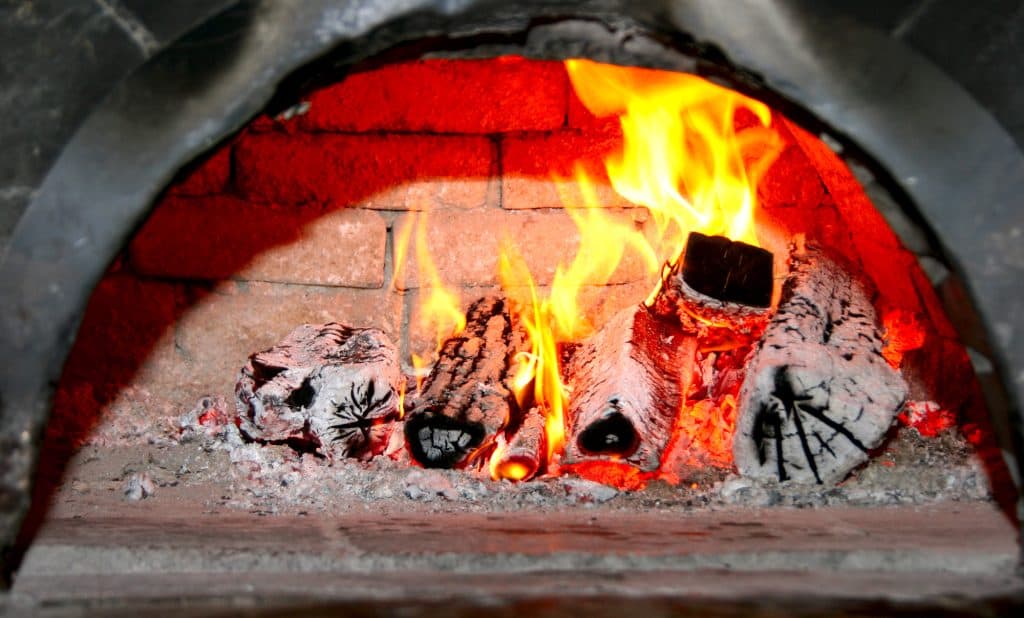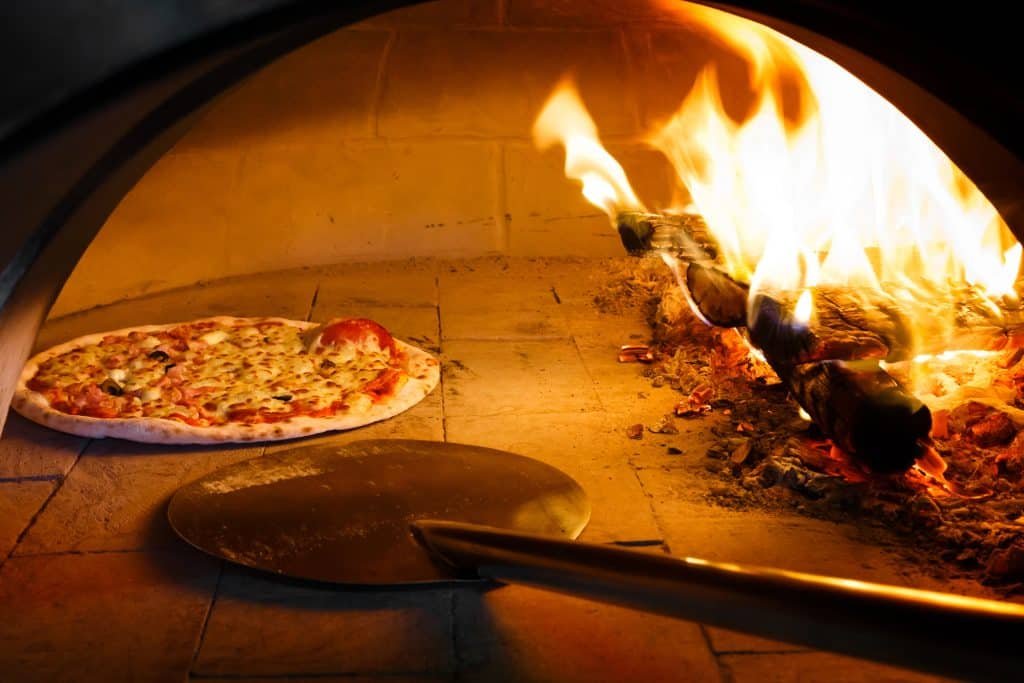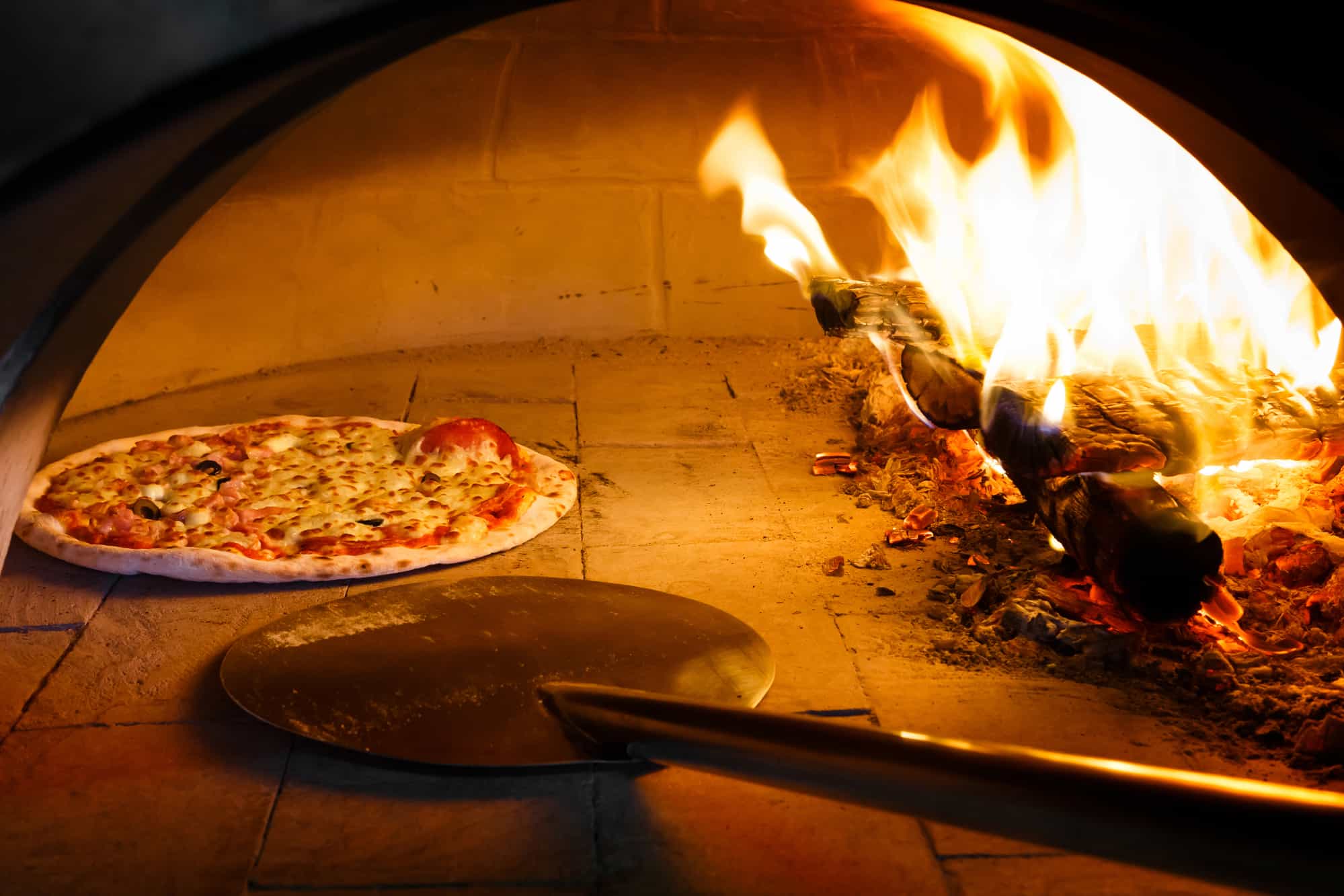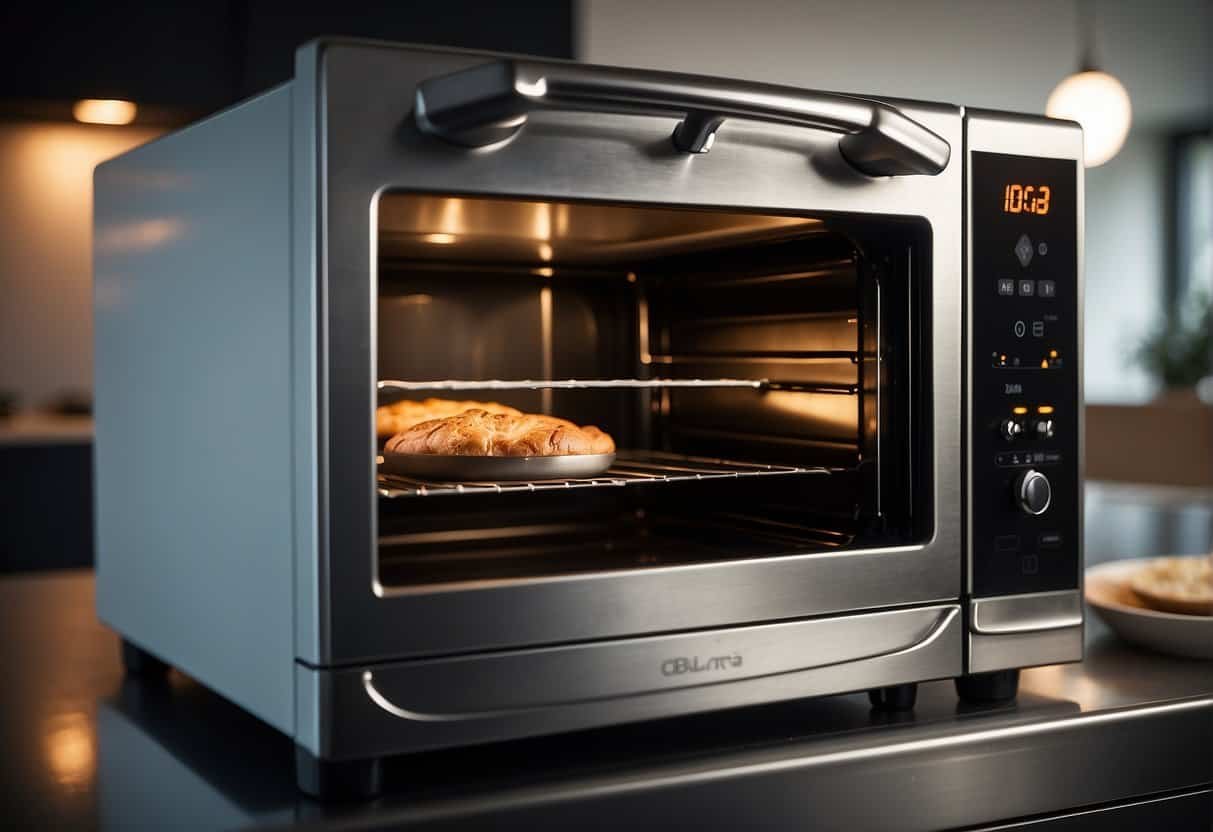Table of Contents
The Ultimate Guide to Brick Heat Resistance: From Fireplaces to Furnaces [2024]
In the world of construction and industrial applications, few materials are as versatile and enduring as bricks. But have you ever wondered just how much heat these sturdy blocks can withstand? Whether you’re a homeowner curious about your fireplace or an engineer designing a high-temperature furnace, understanding brick heat resistance is crucial. In this comprehensive guide, we’ll explore the fascinating world of brick heat resistance, uncovering surprising facts and essential information that will change the way you think about these humble building blocks.
The Basics: What Is Brick Heat Resistance?
Before we dive into the nitty-gritty, let’s establish what we mean by brick heat resistance. Simply put, it’s the ability of a brick to withstand high temperatures without degrading, melting, or losing its structural integrity. This property is crucial in various applications, from residential fireplaces to industrial kilns.

Not All Bricks Are Created Equal: Types and Their Heat Resistance
When it comes to heat resistance, not all bricks are created equal. Let’s break down the main types and their heat-handling capabilities:
1. Fire Bricks: The Heat Champions
Fire bricks, also known as refractory bricks, are the undisputed kings of heat resistance. Here’s what you need to know:
- Heat Resistance: Can withstand temperatures up to 2,300°F (1,260°C)
- Composition: Made primarily of fire clay, with high concentrations of silica and alumina
- Applications: Used in fireplaces, pizza ovens, furnaces, and kilns
- Subtypes:
- Low-duty fire bricks (used in pizza ovens)
- Medium-duty fire bricks (for fireplaces and moderate-heat applications)
- High-duty fire bricks (for industrial furnaces and extreme heat environments)
2. Masonry Bricks: The Sturdy Staples
Masonry bricks are the ones you’re likely most familiar with. They’re used in general construction but still have impressive heat-resistant properties:
- Heat Resistance: Can handle temperatures up to 1,800°F (980°C)
- Composition: Typically made of 50-60% silica (sand), 20-30% alumina (clay), and 2-5% lime
- Applications: Used in house construction, decorative work, and general building
- Notable Fact: Individual masonry bricks are more heat-resistant than a brick wall due to the mortar used in construction
The Science Behind Brick Heat Resistance
What gives bricks their impressive heat-resistant properties? It all comes down to chemistry and composition:
1. The Role of Silica and Alumina
The two main components that contribute to a brick’s heat resistance are silica and alumina:
- Silica (SiO2): Provides structural stability and resistance to deformation at high temperatures
- Alumina (Al2O3): Increases the brick’s refractoriness, allowing it to withstand higher temperatures
The general rule is: the higher the alumina content, the more heat-resistant the brick.
2. Density Matters
Brick density plays a crucial role in heat resistance:
- High-Density Bricks: More resistant to heat and abrasion, used in extreme temperature applications
- Low-Density Bricks: Better insulators, often used in pizza ovens and fireplaces
3. Thermal Conductivity
The thermal conductivity of a brick affects its heat resistance:
- Low Thermal Conductivity: Better for insulation, keeps heat from transferring quickly
- High Thermal Conductivity: Allows heat to transfer more easily, which can be beneficial in some applications but reduces overall heat resistance

Breaking Point: When Bricks Melt
Yes, even bricks have their limits! Here’s when different types of bricks reach their melting point:
- Fire Bricks:
- Fireclay bricks: Around 2,800°F (1,540°C)
- Silicon carbide bricks: Up to 4,000°F (2,200°C)
- Masonry Bricks: Start to break down around 1,800°F (980°C)
(source: NVLPubs).
Real-World Applications: Brick Heat Resistance in Action
Let’s explore how brick heat resistance comes into play in various real-world scenarios:
1. The Pizza Oven Phenomenon
Ever wondered why your homemade pizza tastes different from a wood-fired pizzeria? It’s all about the bricks:
- Wood-fired pizza ovens can reach temperatures up to 800°F (426.67°C)
- Fire bricks used in these ovens are typically low-density for better insulation
- Result: Your pizza cooks in under two minutes, achieving that perfect crispy crust
2. Fireplaces and Chimneys
Your cozy fireplace relies on brick heat resistance to keep you safe and warm:
- Fireplace bricks withstand repeated heating and cooling cycles
- Chimney bricks resist high temperatures and corrosive byproducts of combustion
- Fire bricks are often used to line fireplaces for added heat resistance
3. Industrial Furnaces and Kilns
In the world of heavy industry, brick heat resistance is pushed to its limits:
- Steel production furnaces can reach temperatures over 3,000°F (1,648.89°C)
- Ceramic kilns operate at temperatures up to 2,500°F (1,371°C)
- High-alumina fire bricks are used to line these extreme environments
The Achilles Heel: Why Brick Walls Aren’t Fireproof
Despite the impressive heat resistance of individual bricks, a brick wall isn’t fireproof. Here’s why:
- Mortar Vulnerability: The mortar used to bind bricks has a lower heat resistance than the bricks themselves
- Thermal Expansion: Different materials in a wall (bricks, mortar, steel reinforcements) expand at different rates when heated, causing structural stress
- Heat Transfer: While individual bricks resist heat well, a wall can still transfer heat to combustible materials on the other side
Choosing the Right Brick: Factors to Consider
When selecting bricks for a heat-resistant application, consider these factors:
- Maximum Temperature Exposure: Match the brick’s heat resistance to the expected temperatures
- Frequency of Heating/Cooling Cycles: Some bricks handle thermal shock better than others
- Chemical Exposure: In industrial settings, consider the brick’s resistance to corrosive chemicals
- Abrasion Resistance: For high-wear applications, choose denser bricks
- Insulation Needs: Consider the thermal conductivity based on whether you need to keep heat in or out
- Budget: Higher-performance bricks generally come at a higher cost
Maintaining Heat-Resistant Brick Structures
To ensure your heat-resistant brick structures last, follow these maintenance tips:
- Regular Inspections: Check for cracks, spalling, or signs of degradation
- Clean Carefully: Use appropriate cleaning methods that won’t damage the brick surface
- Repoint Mortar: Replace deteriorating mortar to maintain structural integrity
- Address Issues Promptly: Small problems can quickly become big ones in high-heat environments
- Use Proper Heating Procedures: Follow recommended heating and cooling procedures to prevent thermal shock
The Future of Brick Heat Resistance
As technology advances, so does the science of brick heat resistance:
- Nano-Enhanced Bricks: Research is ongoing into incorporating nanomaterials to enhance heat resistance
- Geopolymer Bricks: These eco-friendly alternatives show promise in high-heat applications
- Smart Bricks: Incorporating sensors to monitor temperature and structural integrity in real-time
Conclusion: The Timeless Heat Resistance of Bricks
From the humble home fireplace to the intense heat of industrial furnaces, bricks continue to prove their worth in resisting high temperatures. Understanding brick heat resistance is crucial for anyone working with these versatile building materials. By choosing the right type of brick for your specific needs, you can ensure safety, efficiency, and longevity in any high-heat application.
Remember, while bricks are incredibly heat-resistant, they’re not indestructible. Always follow proper safety guidelines and consult with experts when dealing with high-temperature applications. With the right knowledge and approach, you can harness the impressive heat-resistant properties of bricks to build structures that truly stand the test of time – and temperature!
(source: InfoPlease).










